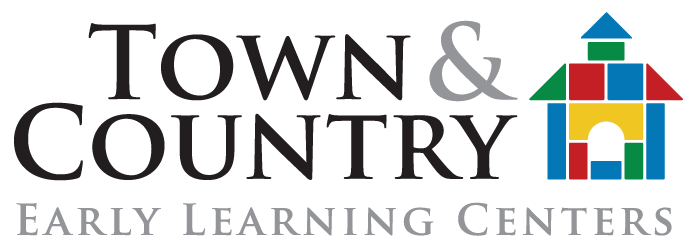Every parent has likely encountered the infamous “no” phase—a developmental stage when toddlers seem to make “no” their favorite word. While it may be frustrating at times, this stage is a sign of healthy development. It indicates that your child is beginning to assert their independence, make choices, and test boundaries. Here’s a closer look at why this phase happens and how to navigate it with patience and understanding.
Why Do Toddlers Say “No”?
- Development of Independence: Around age two, children start to realize they are separate individuals with their own thoughts and desires. This newfound autonomy often leads to frequent use of “no,” as they explore their ability to make decisions (Shonkoff & Phillips, 2000).
- Limited Vocabulary: Toddlers may rely on “no” simply because it’s one of the few words they can use to express their preferences. They might not yet have the language skills to articulate more complex feelings.
- Testing Boundaries: This phase is also a way for children to understand their environment and test boundaries. Saying “no” allows them to gauge how caregivers respond and learn what is acceptable.
Strategies for Handling the “No” Phase
- Stay Calm and Composed: Reacting with frustration can escalate the situation. Instead, take a deep breath, keep your voice calm, and remember that this behavior is a normal part of development.
- Offer Choices: Instead of asking yes-or-no questions, give your child two acceptable options. For example, instead of asking, “Do you want to put on your shoes?” try, “Would you like to wear your red shoes or your blue shoes?”
- Set Clear and Consistent Boundaries: Children need structure to feel secure. Clearly explain the rules and be consistent in enforcing them. For instance, “I understand you don’t want to go to bed, but bedtime is important for your health.”
- Acknowledge Their Feelings: Validating your child’s emotions can help them feel understood. Try saying, “I know you don’t want to leave the park. It’s hard to stop playing when you’re having fun, but we’ll come back another day.”
- Redirect with Positive Language: Instead of focusing on the “no,” redirect their attention with positive reinforcement. For example, if they refuse to eat vegetables, you might say, “These carrots are crunchy like your favorite crackers!”
- Model Behavior: Show your child how to express their preferences respectfully. Instead of saying “no” yourself, try phrasing things positively. For example, “Let’s do this first, then we can play.”
When to Seek Support
While the “no” phase is typically a normal part of development, excessive defiance or behavioral issues may signal an underlying concern. If your child’s “no” phase is significantly impacting daily life or relationships, consider consulting a pediatrician or child psychologist for guidance.
Final Thoughts
Navigating your child’s “no” phase requires a mix of patience, empathy, and creative problem-solving. By understanding the reasons behind this behavior and responding with care, you can support your child’s growth and maintain a positive parent-child relationship. With a little patience, you’ll find that this challenging phase is also a wonderful opportunity to teach your child about communication, decision-making, and respect. You’ve got this!
References
American Academy of Pediatrics. (2018). Guidance on Early Childhood Development and Parenting. Retrieved from aap.org.
Shonkoff, J. P., & Phillips, D. A. (2000). From Neurons to Neighborhoods: The Science of Early Childhood Development. Washington, DC: National Academies Press.
Zero to Three. (2016). Tips on Managing Toddler Behavior. Retrieved from zerotothree.org.




